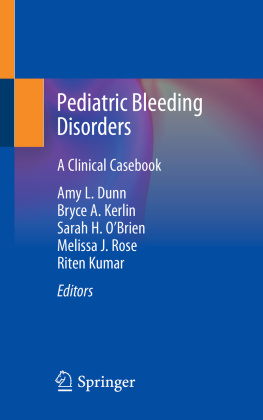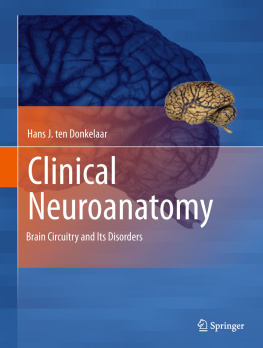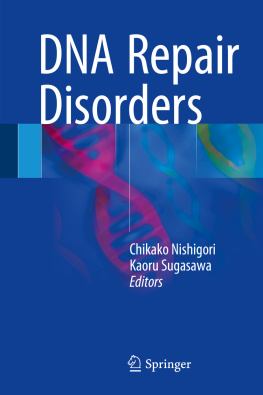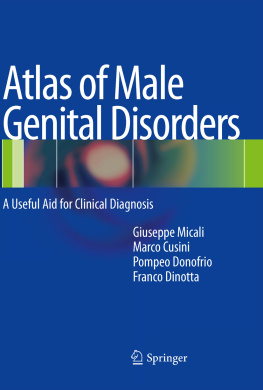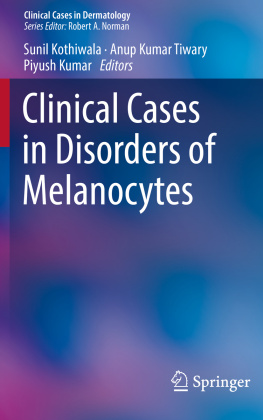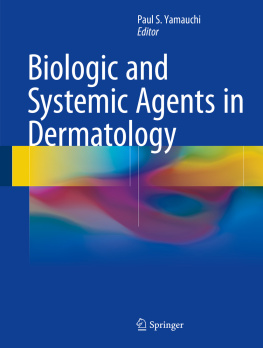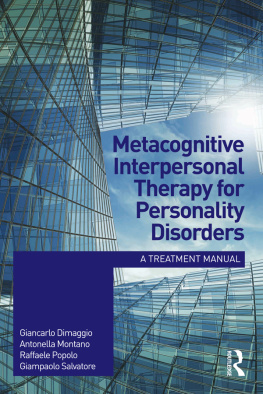Paul Verhaeghe - On Being Normal and Other Disorders: A Manual for Clinical Psychodiagnostics
Here you can read online Paul Verhaeghe - On Being Normal and Other Disorders: A Manual for Clinical Psychodiagnostics full text of the book (entire story) in english for free. Download pdf and epub, get meaning, cover and reviews about this ebook. year: 2020, publisher: Other Press, genre: Romance novel. Description of the work, (preface) as well as reviews are available. Best literature library LitArk.com created for fans of good reading and offers a wide selection of genres:
Romance novel
Science fiction
Adventure
Detective
Science
History
Home and family
Prose
Art
Politics
Computer
Non-fiction
Religion
Business
Children
Humor
Choose a favorite category and find really read worthwhile books. Enjoy immersion in the world of imagination, feel the emotions of the characters or learn something new for yourself, make an fascinating discovery.
- Book:On Being Normal and Other Disorders: A Manual for Clinical Psychodiagnostics
- Author:
- Publisher:Other Press
- Genre:
- Year:2020
- Rating:3 / 5
- Favourites:Add to favourites
- Your mark:
- 60
- 1
- 2
- 3
- 4
- 5
On Being Normal and Other Disorders: A Manual for Clinical Psychodiagnostics: summary, description and annotation
We offer to read an annotation, description, summary or preface (depends on what the author of the book "On Being Normal and Other Disorders: A Manual for Clinical Psychodiagnostics" wrote himself). If you haven't found the necessary information about the book — write in the comments, we will try to find it.
Paul Verhaeghe: author's other books
Who wrote On Being Normal and Other Disorders: A Manual for Clinical Psychodiagnostics? Find out the surname, the name of the author of the book and a list of all author's works by series.
On Being Normal and Other Disorders: A Manual for Clinical Psychodiagnostics — read online for free the complete book (whole text) full work
Below is the text of the book, divided by pages. System saving the place of the last page read, allows you to conveniently read the book "On Being Normal and Other Disorders: A Manual for Clinical Psychodiagnostics" online for free, without having to search again every time where you left off. Put a bookmark, and you can go to the page where you finished reading at any time.
Font size:
Interval:
Bookmark:
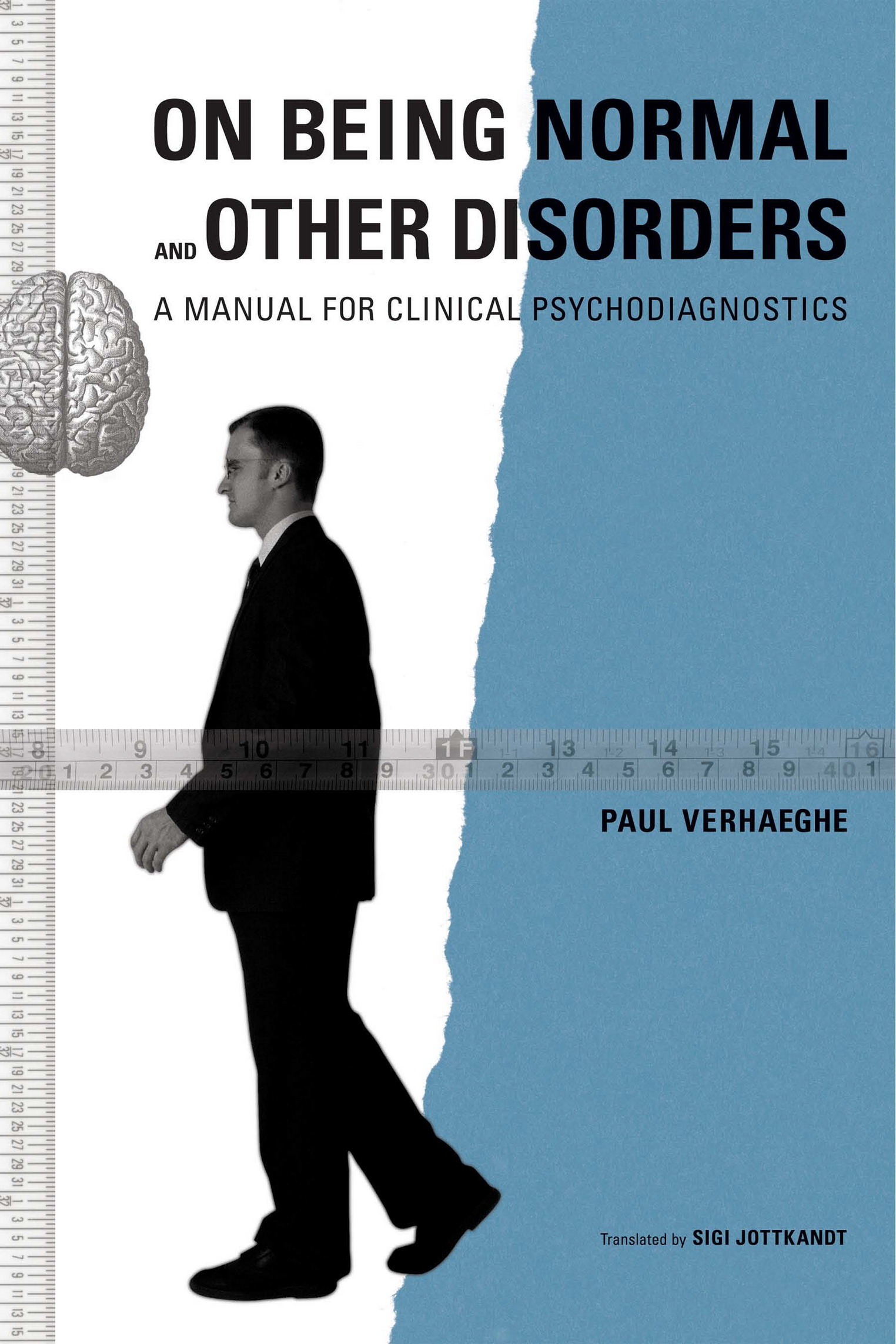
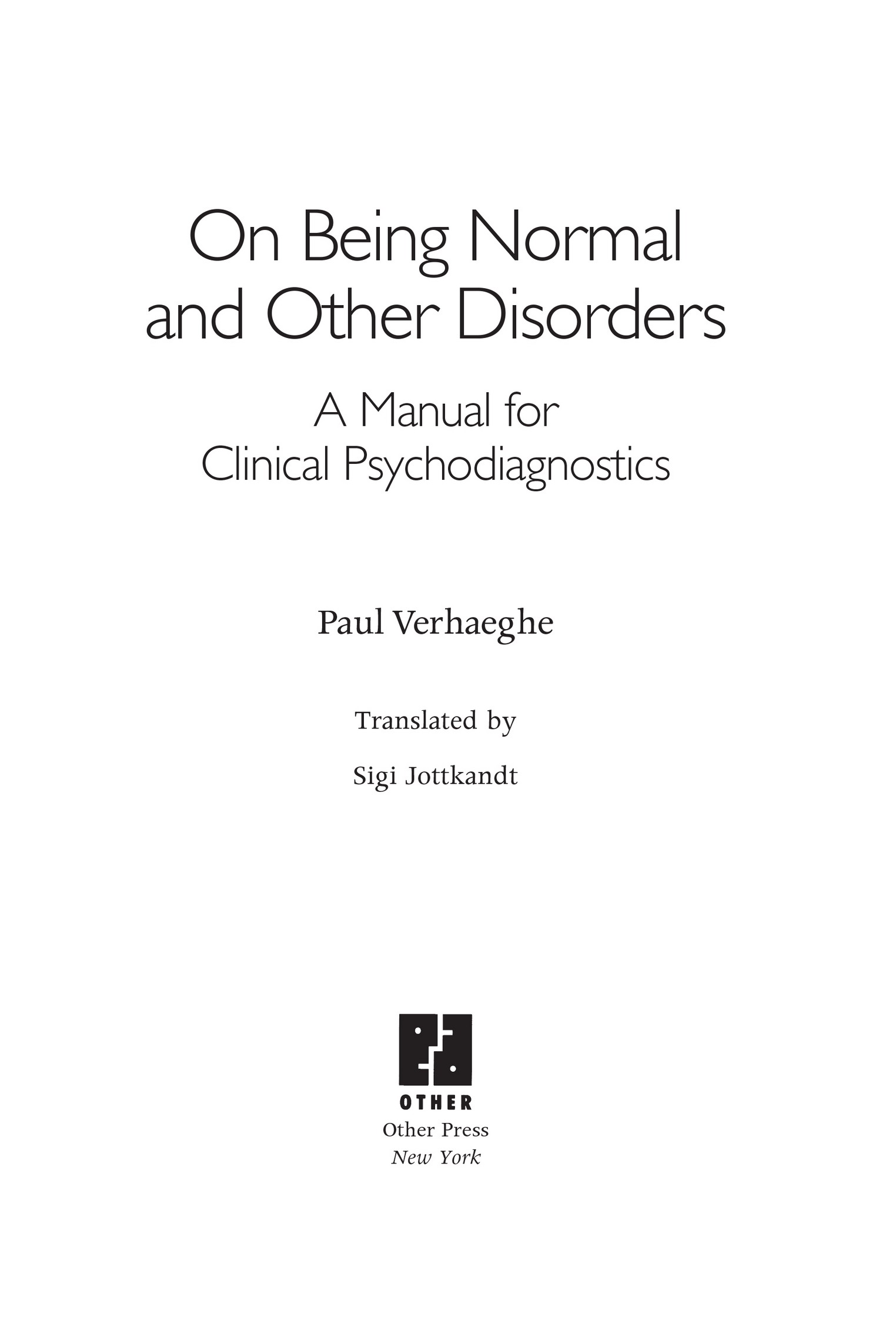
Copyright 2004 Paul Verhaeghe
Production Editor: Robert D. Hack
Ebook ISBN9781635421248
All rights reserved. No part of this publication may be reproduced or transmitted in any form or by any means, electronic or mechanical, including photocopying, recording, or by any information storage and retrieval system, without written permission from Other Press LLC, except in the case of brief quotations in reviews for inclusion in a magazine, newspaper, or broadcast.
For information write to Other Press LLC, 267 Fifth Avenue, 6th Floor, New York, NY 10016.
Or visit our Web site: www.otherpress.com.
The Library of Congress has cataloged the printed edition as follows:
Verhaeghe, Paul.
On being normal and other disorders : a manual for clinical psychodiagnostics / by Paul Verhaeghe.
p. cm.
Includes bibliographical references and index.
ISBN9781590510896 (pbk. : alk. paper)
1. PsychodiagnosticsValidity. 2. Clinical psychologyPhilosophy. 3. Mental illnessDiagnosisPhilosophy. 4. PsychiatryPhilosophy. I. Title.
RC469.V388 2004
616.89075dc22
2004004407
a_prh_5.6.0_c0_r0
For Sarah and Sander
W hen I was a student, my professors taught me that man was something made. Gender was nothing but a sociocultural construction and psychopathology the effect of an adverse environment. The emphasis in both the human sciences and in the wider cultural and artistic milieu was on the interpretation of the underlying layers. Looking back, we should have anticipated how a couple of decades later the pendulum would swing back in the other direction. Now were in the heyday of genetics, where everything is supposed to be genetically determined. Interpretation is no longer necessary, everything substantial can be found on the surfacewhat you see is what you getand psychology has been reduced to a behavioral science.
Happily, there are signs of a movement away from this polarization. Im seeing evidence of an increasing interest in the original imbrication of both heredity and environment. The sheer complexity of human behavior demands that we reconsider the nonvisible mental, constructions directing it. And for this, of course, interpretation is indispensable.
This book emerges out of the same context, focusing on clinical psychodiagnostics. Nevertheless, a reader looking for a discussion of methods and specific testing procedures will be disappointed. This is not to say that I consider such techniques unimportant. Its just that, for me, such methods are productive only when they are applied from within the framework of a determining metapsychological theory, and this is where the books emphasis will be placed. The real need for such a theoretical foundation is demonstrated in Part I, where I show how a categorizing diagnostic based upon atheoretical observations is doomed to fail. Such a diagnostic, furthermore, leads to a paradigmatic approach in clinical practice that loses the vital connection between diagnosis and therapy.
It is this connection that becomes pivotal in Part II, which serves to develop the theoretical ground mentioned earlier. In this section, I argue that the connection between diagnosis and treatment can only be made through a conceptual understanding that holds the vicissitudes of identity as utterly central. In this case, the emphasis will be on the relation between the subject and the Other. This is not by coincidence: the main contention of this book will be that identity is acquired only in relation to the Other. Consequently, any potential pathology must also be diagnosed on the basis of this relationship. Finally, it is only through this relationship that the treatment can be effective. This latter idea is confirmed by numerous studies that reveal the therapeutic relationship itself as the decisive instrument.
This argument is based on my reading of Freudian and Lacanian psychoanalysis, simply because this is the theory I know best. The expression my reading is deliberate. Even Freud and Lacan need to be submitted to empirical scientific evidence, and I have tried to do this as much as possible. In the process, a number of their theses have been contradicted, a number of them confirmed. But all current clinical theories have significant data that have no way of being empirically tested. The question of whether one will ever be able to completely test everything is moot.
With this theoretical background in hand, the chapters in Part III analyze the various possible differential-diagnostic relationships occurring between subjects and the Other. The reader will encounter a number of the classic concepts of psychoanalysisneurosis, psychosis, perversionas well as the less well-known opposition between an actualpsychology and a psychopathology. Wherever possible, I refer to the DSM categories and, especially, to recent findings in empirical research. In keeping with the general intent of this book, I discuss the implications of a certain differential diagnosis for the treatment at every turn. More specifically, I indicate what kind of therapeutic relationship we can expect, depending on a given diagnosis, and how this relationship will determine the treatment, in whatever form it takes.
Combining analytic theory with contemporary empirical research in this way carries a double risk: analysts may reject this diagnostic theory on the grounds that it is not analytical enough. Clinicians coming out of other traditions, on the other hand, may consider the book unserviceable because of its foundation in what they consider an outdated theory. I can only hope that I reach the critical reader who is prepared to test his or her own experiences against what is put forward here.
K nowledge is a collective enterprise and I am very happy to acknowledge here the help of a number of friends and colleagues. V. De Gucht (Leiden, Holland), S. Bogaerts (Tilburg, Holland), S. Soenen (Leuven, Belgium) have helped me a lot by giving me the results of their research before they were actually published. R. Vermote (University Center, Kortenberg, Belgium) helped me to find my way in the borderline maze. Repeated talks with J. Feher-Gurewich (Harvard, U.S.A.) and E. Welldon (Tavistock, U.K.) enlightened me in the study of the ever-intangible perversion. J. Mertens and J. Braeckman (Ghent University, Belgium) convinced me of the importance of the evolutionary point of view.
My doctoral students, D. Blomme, F. Declercq, A. De Rick, I. De Groote, A. Lievrouw, E. Van Compernolle and S. Vanheule read the first versions of the manuscript repeatedly. Initially hesitant but with increasing enthusiasm, they have reversed the roles and obliged me time and again to rewrite everything. Without the practical help of my secretary, E. Vandenbussche, the manuscript would never have left my hard drive.
Sigi Jottkandt took care of the English version and went even further than that: her questions during the translation obliged me to reword a number of ideas in a much better way. The copy editor at Other Press, Sigrid Asmus, did a very thorough job, polishing the book into its current form.
Finally, the English edition would not have been produced without the enthusiasm of Judith Feher-Gurewich (Other Press, New York). Our discussions and conversations on Lacan and Freud started a number of years ago and are far from finished. The book is in large part a direct outcome of this interaction.
Font size:
Interval:
Bookmark:
Similar books «On Being Normal and Other Disorders: A Manual for Clinical Psychodiagnostics»
Look at similar books to On Being Normal and Other Disorders: A Manual for Clinical Psychodiagnostics. We have selected literature similar in name and meaning in the hope of providing readers with more options to find new, interesting, not yet read works.
Discussion, reviews of the book On Being Normal and Other Disorders: A Manual for Clinical Psychodiagnostics and just readers' own opinions. Leave your comments, write what you think about the work, its meaning or the main characters. Specify what exactly you liked and what you didn't like, and why you think so.



